Overview of Mechanical Keyboard Sizes
Understanding mechanical keyboard sizes is key when selecting the perfect fit for your needs. Keyboards come in various forms, catering to different preferences and tasks. They range from full-size models to compact and niche layouts, ensuring versatility for every user.
What are Mechanical Keyboard Sizes?
Mechanical keyboard sizes refer to the physical layout and number of keys. Full-size keyboards include all standard keys, such as function keys and a numeric keypad. Smaller sizes, like 60%, eliminate keys to prioritize compactness and portability. Each size serves unique functions based on individual requirements.
Importance of Choosing the Right Keyboard Size
Choosing the right size ensures comfort and efficiency. A well-fitted keyboard minimizes typing strain and maximizes productivity. It also supports various use cases, whether for gaming, work, or creative tasks. Proper keyboard size enhances your overall typing experience, balancing space and functionality.
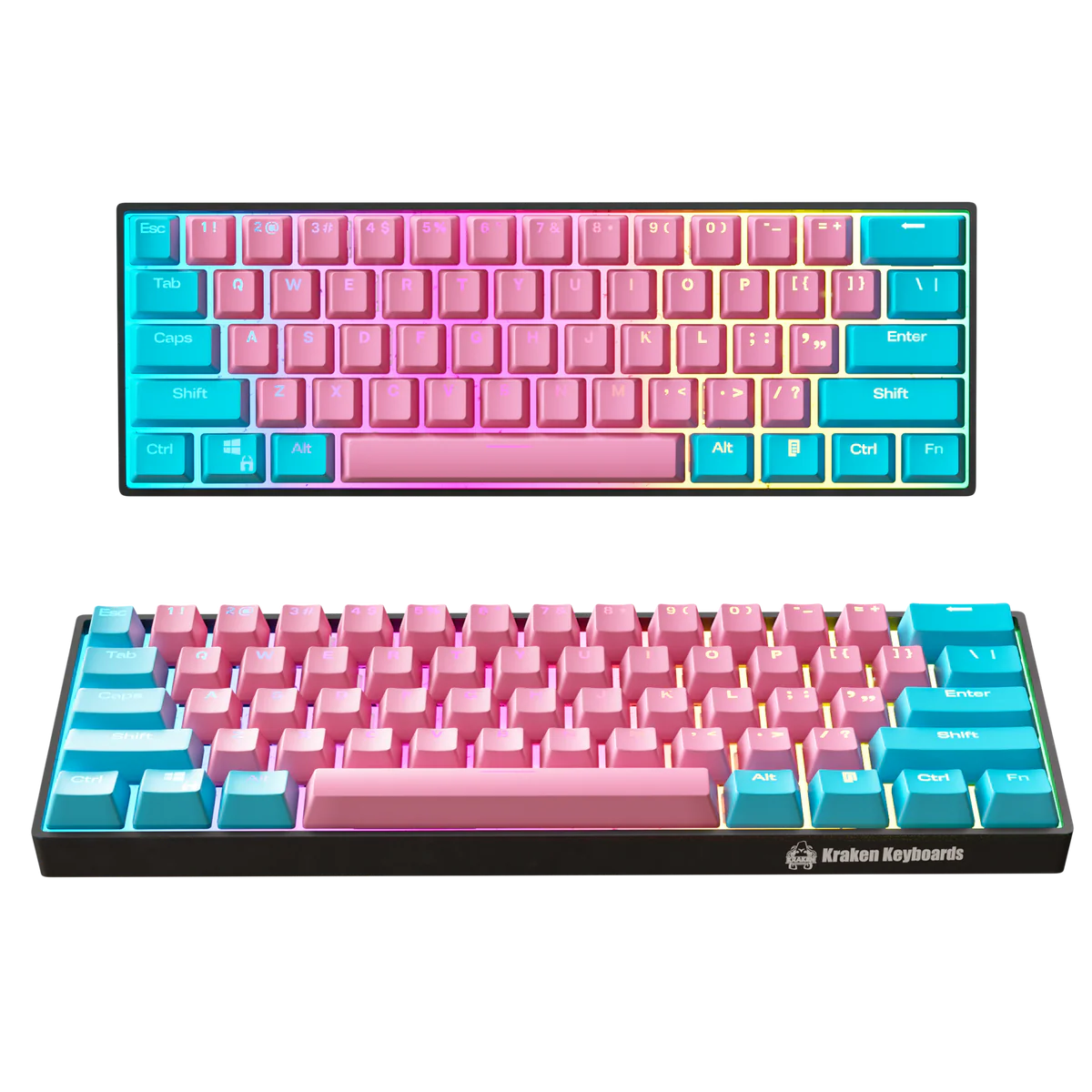 Full-Size Keyboards
Full-Size Keyboards
Full-size keyboards are the most common and familiar mechanical keyboard sizes. They include all standard keys, making them ideal for users who need a complete range of functions.
Features and Benefits of Full-Size Keyboards
- Complete Key Layout: Full-size keyboards include function keys, the numeric keypad, and navigation keys.
- Convenience for Data Entry: The numeric keypad is perfect for tasks involving numbers, like accounting and data entry.
- Comfortable for Extended Use: This size offers ergonomic spacing between keys, reducing typing errors.
- Ideal for Productivity Tasks: Many professionals prefer them for tasks requiring frequent shortcuts and specialized keys.
- Enhanced Compatibility: Full-size keyboards work well with most software and operating systems.
Who Should Use Full-Size Keyboards?
- Office Workers: Ideal for typing long documents and handling spreadsheets.
- Gamers: Provides dedicated function keys useful for certain gaming setups.
- Data Analysts: Numeric keypad benefits those working with complex calculations.
- Multitaskers: The wide layout facilitates quicker actions with shortcuts.
- Users with Desk Space: Perfect for setups where desk space isn’t an issue.
Tenkeyless (TKL) Keyboards
Tenkeyless (TKL) keyboards are a compact alternative to full-size keyboards. They eliminate the numeric keypad, making them smaller and more portable. Despite their reduced size, TKL keyboards retain essential functionality and are widely popular among users.
What is a TKL Keyboard?
A TKL keyboard is a type of mechanical keyboard without the numeric keypad. It typically retains around 87 keys, including function keys, arrow keys, and navigation keys. This layout strikes a balance between compactness and utility, suitable for various activities.
Advantages of TKL Keyboards
- Space-Saving Design: TKL keyboards are smaller, freeing up desk space for other essentials.
- Enhanced Portability: Their compact size makes them easier to transport.
- Optimal Layout: They retain crucial keys, ensuring functionality without unnecessary clutter.
- Improved Ergonomics: Their placement allows closer mouse positioning, reducing shoulder strain.
- Popular Among Gamers: Gamers benefit from better hand positioning, enhancing comfort during long sessions.
- Ideal for Small Desks: Perfect for setups with limited workspace.
Ideal Users for TKL Keyboards
- Gamers: Benefits include better movement flexibility and more ergonomic setups.
- Frequent Travelers: Portability makes them convenient for professionals on the go.
- Minimalist Enthusiasts: Suit those who value simplicity without sacrificing core functionality.
- Office Workers: Efficient for typing and navigation tasks without requiring a numeric keypad.
- Small Desk Owners: Perfect for users working in confined spaces.
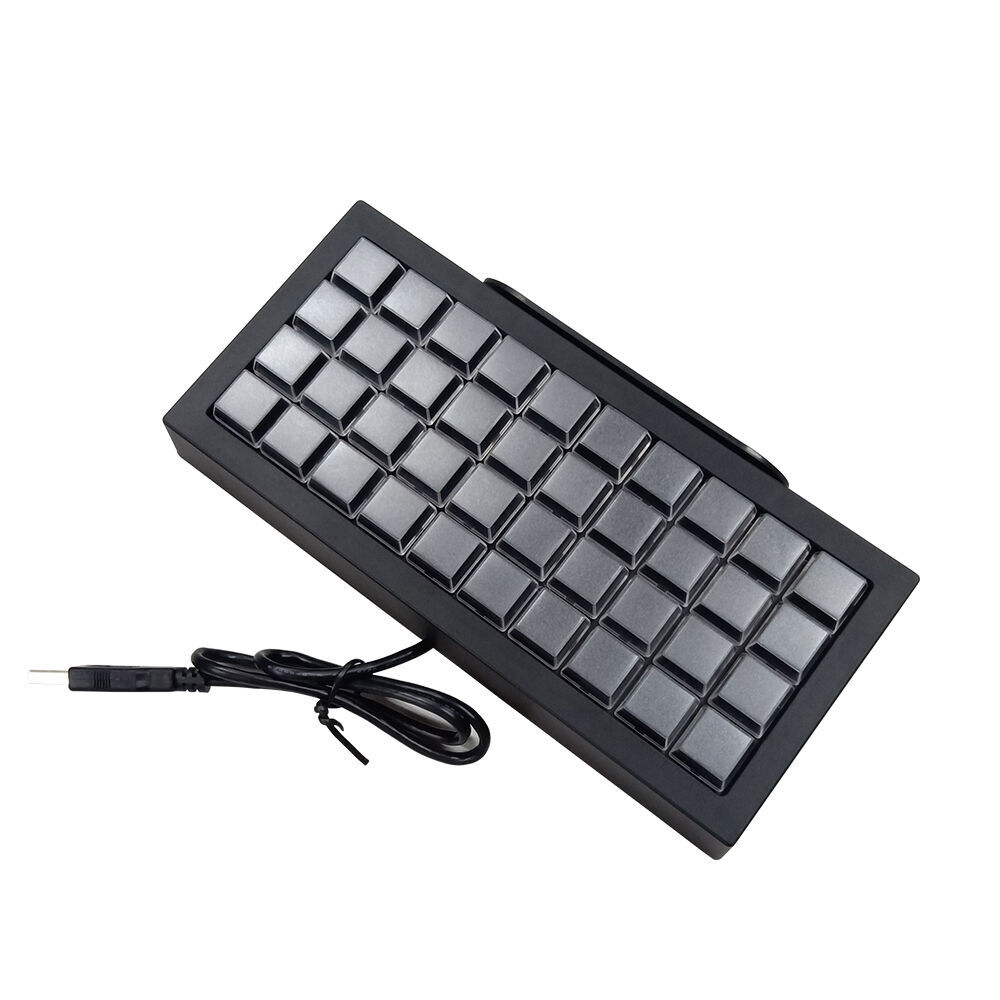 Compact and 75% Keyboards
Compact and 75% Keyboards
Compact keyboards offer a smaller form factor without sacrificing essential functionality. These keyboards are popular for saving desk space while staying productive. One notable category of compact keyboards is the 75% layout, striking a balance between size and key availability.
Overview of Compact Keyboard Layouts
Compact keyboards streamline the traditional keyboard layout. They remove non-essential keys, making them smaller and more portable. Their size typically ranges from 40% to 75%, with fewer keys than full-size keyboards. Despite fewer keys, compact layouts retain frequently used buttons and prioritize efficiency. This makes them suitable for everyday typing, gaming, and on-the-go use.
Key Differences Between 75% and TKL Keyboards
- Size: 75% keyboards are smaller than TKL keyboards, though they retain similar functionality.
- Key Placement: Keys in 75% layouts are tightly packed, maximizing compactness without removing critical keys.
- Navigation Cluster: Unlike TKL keyboards, 75% keyboards integrate the navigation keys into a condensed layout.
- Design: TKL layouts have more spacing and a traditional look, while 75% keyboards feel modern and sleek.
- Portability: 75% keyboards are more travel-friendly due to their reduced size.
Who Benefits from Compact Keyboards?
- Gamers: Compact size allows more mouse movement space for gaming setups.
- Frequent Travelers: Small designs make them easy to carry and ideal for remote work.
- Minimalist Enthusiasts: Clean and uncluttered desk setups suit compact layouts well.
- Small Desk Owners: Perfect for those with limited desk space needing functional keyboards.
- General Users: Compact keyboards suit anyone who values portability and neat workstations.
Compact and 75% keyboards are versatile, efficient, and excellent for modern setups. They combine functionality with portability, supporting diverse user needs effectively.
60% Keyboards
Characteristics of 60% Mechanical Keyboards
60% keyboards are compact mechanical keyboards with only essential keys. They omit the numeric keypad, function row, and navigation cluster. The smaller layout typically includes around 61 keys. This design focuses on minimalism and efficiency, saving significant desk space. Despite fewer keys, users can access additional functions using key combinations.
Advantages for Gaming and Portability
- Compact Size: Ideal for smaller desks and mobile setups, it leaves room for other items.
- Better Mouse Movement: Gamers enjoy more space for free and precise mouse movements.
- Lightweight Design: They are easier to transport compared to larger keyboards.
- Customizability: Many 60% keyboards offer extensive customization options for key layouts and functions.
- Efficient Usage: Key combinations ensure you can perform a wide range of actions efficiently.
Potential Trade-offs
- Missing Dedicated Keys: Lacks arrow keys, function row, and numeric keypad, which some users may need.
- Learning Curve: Requires memorization of key combinations for specific tasks.
- Limited Compatibility: Not ideal for certain professional tasks requiring full layouts.
- Less Versatility: Reduced size sacrifices convenience in multi-purpose environments.
A 60% keyboard is perfect for gamers and minimalists valuing portability and space-saving design. However, users focused on productivity may face challenges adapting to its smaller layout.
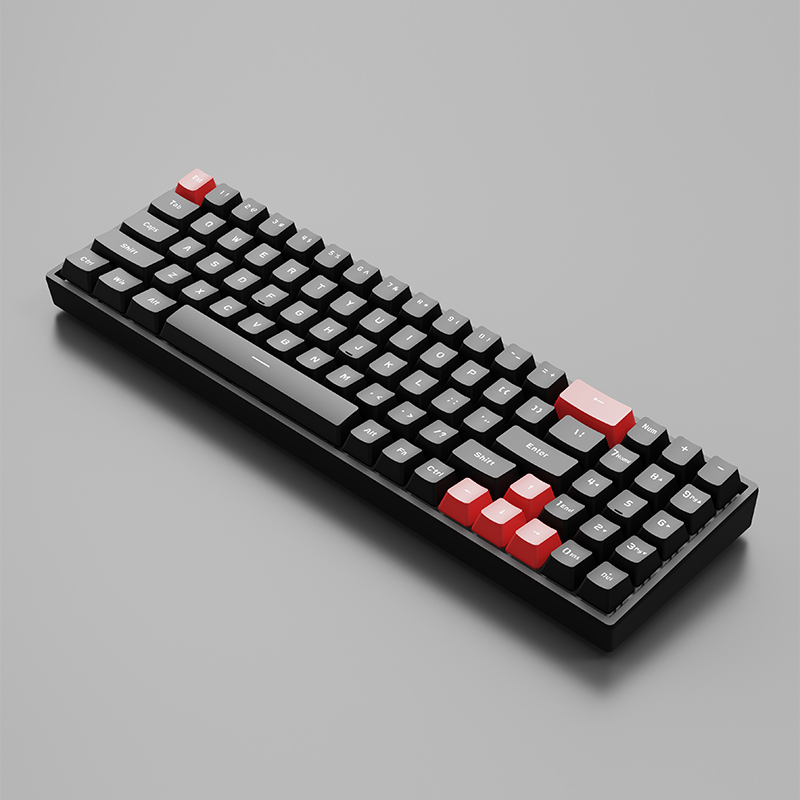 40% and Niche Keyboard Sizes
40% and Niche Keyboard Sizes
Unique Features of 40% Keyboards
40% keyboards are among the smallest mechanical keyboard sizes available. They eliminate most keys, including the function row, arrow keys, and numeric keypad, leaving only the alphanumeric section. With approximately 40 to 50 keys, they rely heavily on key layer functions for additional commands. Their primary advantage is extreme portability, making them ideal for frequent travelers. The minimalist design is visually appealing and fits small desks perfectly. However, using key combinations may present a learning curve.
Other Specialized Sizes and Their Use Cases
Beyond 40% keyboards, other niche sizes cater to specific needs:
- Split Keyboards: Designed to improve ergonomics, these keyboards separate into two parts, reducing wrist strain.
- Ortholinear Keyboards: Feature vertically aligned keys for better finger positioning and typing precision.
- Macro Pads: Small, programmable keypads ideal for users needing shortcuts, such as video editors.
- 65% Keyboards: Include arrow keys and some navigation keys, balancing compactness and usability.
- Gaming Keyboards: Specialized layouts focus on gaming controls and responsiveness.
These keyboards fulfill unique requirements based on individual preferences and specialized tasks.
Who Should Consider Niche Keyboard Sizes?
Niche keyboard sizes suit users with specific needs or goals:
- Travelers: 40% keyboards are perfect for portability and compact setups.
- Minimalists: Smaller layouts enhance desk aesthetics and save space.
- Specialized Professionals: Macro pads and ortholinear keyboards suit users with advanced tasks.
- Gamers: Gaming-specific layouts support better control and gameplay precision.
- Ergonomic Seekers: Split keyboards assist users prioritizing typing comfort and posture.
Choosing these keyboards depends on individual requirements, making them ideal for customized setups.
Factors to Consider When Choosing a Keyboard Size
Choosing the right mechanical keyboard size depends on several key factors. Each user’s needs and preferences will determine the most suitable size. By assessing these factors, you can make an informed decision that enhances your typing and productivity experience.
Personal Preferences and Typing Habits
- Typing Comfort: Choose a layout that feels natural to your hands while typing.
- Key Requirements: Decide if you need a numeric keypad, function keys, or specialized keys for shortcuts.
- Aesthetic Preferences: Select a design that suits your style, whether minimalist or traditional.
- Adaptability: Consider if you’re comfortable memorizing key layers for smaller keyboards like 60% or 40%.
- Ergonomics: Certain designs, like split keyboards, reduce strain and improve long-term typing health.
Desk Space and Portability
- Available Space: Evaluate the desk size to see if it accommodates full-size or compact keyboards.
- Portability Needs: Smaller keyboards like 60% are ideal if you frequently work remotely or travel.
- Setup Style: Compact keyboards suit minimalist or multi-device setups, while larger keyboards need more room.
- Peripheral Placement: Smaller sizes create space for essentials like a mouse or secondary screens.
- Weight Considerations: Lightweight keyboards, especially portable layouts, are easier to carry around.
Use Cases: Gaming, Work, and Creative Tasks
- For Gamers: Compact options like TKL or 60% optimize space for faster mouse movement.
- For Office Work: Full-size keyboards offer a wide range of keys, perfect for spreadsheets and documents.
- For Creatives: Professionals prefer keyboards with programmable keys or macro pads for editing tools shortcuts.
- For Minimalists: Smaller keyboards like 75% or 65% balance essentials with a clean design.
- Multi-Tasking: Full-size keyboards suit users frequently switching between tasks requiring various shortcuts.
By understanding your preferences, space constraints, and activities, you can find the perfect keyboard size for your needs.
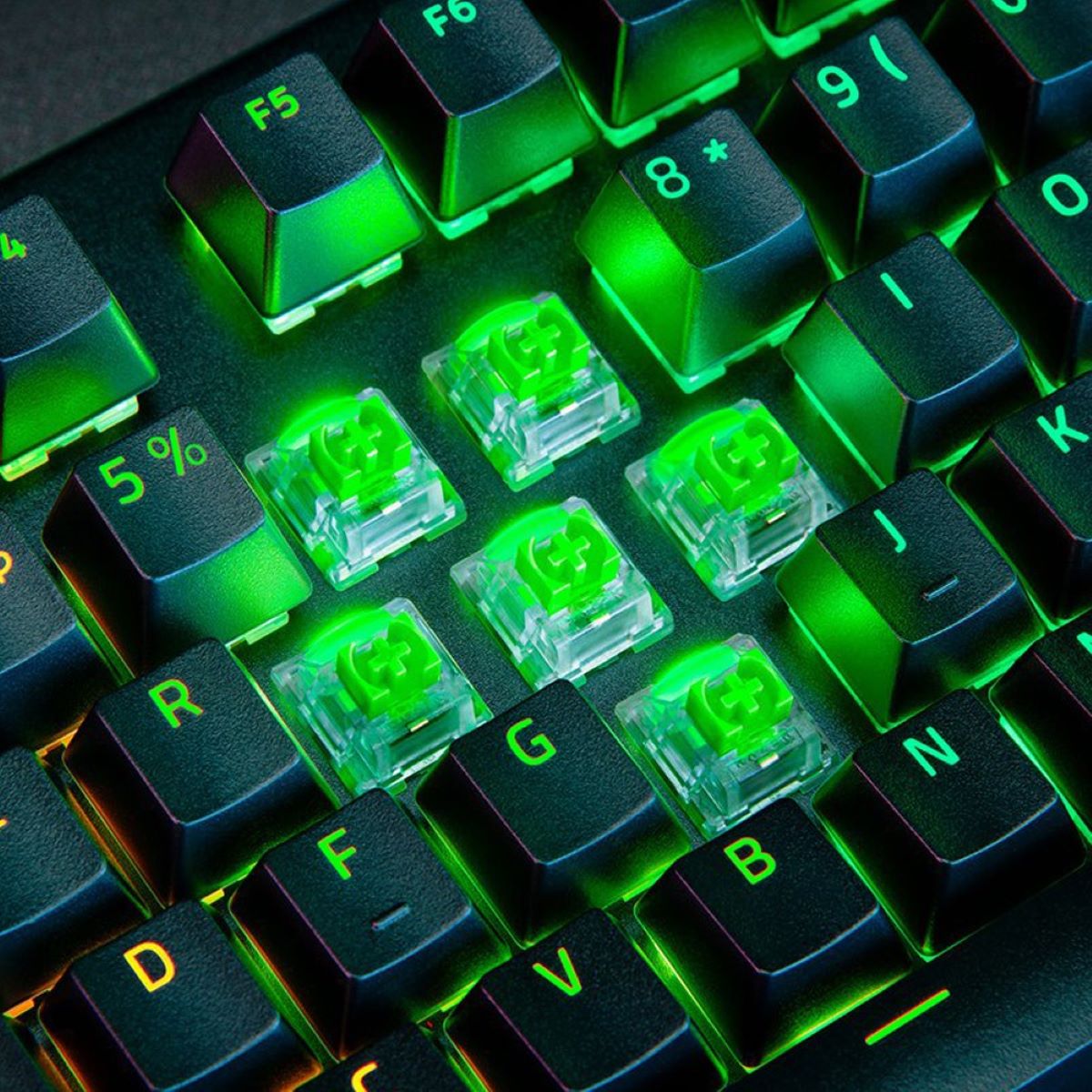 Customization Trends: Personalizing Your Mechanical Keyboard Size
Customization Trends: Personalizing Your Mechanical Keyboard Size
Customization trends allow you to tailor your mechanical keyboard size to your personal preferences and needs. Here are some popular customization options:
Artisan Keycaps
Artisan keycaps offer unique designs and textures, adding a personalized touch to your mechanical keyboard size. These custom keycaps can feature intricate patterns, characters, or even hand-painted designs, making each key unique and enhancing the overall aesthetic of your keyboard.
Benefits of Artisan Keycaps
Artisan keycaps not only provide a distinctive look but also improve the tactile experience. Their varied shapes and textures can make typing more enjoyable and visually appealing.
Custom Cable Options
Custom cables offer both aesthetic and functional benefits. Swapping standard cables for braided or coiled cables enhances the durability and visual appeal of your keyboard. Additionally, custom cables can feature different colors and lighting options to match your setup.
Enhancing Aesthetics with Custom Cables
By choosing a cable that complements your desk setup, you can create a cohesive and visually stunning workspace. Custom cables also help reduce cable clutter by choosing lengths that suit your desk layout.
Programmable Macros and Remappable Keys
Programmable macros and remappable keys add a layer of functionality to your mechanical keyboard size. By assigning complex commands or frequently used shortcuts to specific keys, you can streamline your workflow and improve efficiency.
Advantages of Programmable Features
These features are particularly beneficial for gamers and professionals who rely on quick access to multiple functions. Customizing key functions allows for a more personalized and efficient typing or gaming experience.
RGB Lighting Effects
RGB lighting continues to be a significant trend in mechanical keyboards, offering extensive customization for a visually appealing setup.
Creative Lighting Customization
With RGB lighting, you can create dynamic and personalized lighting effects, such as rainbow cycles, reactive typing lights, or synchronized patterns with other peripherals. This customization enhances the overall aesthetics of your mechanical keyboard size and adds a touch of flair to your workspace or gaming setup.
The Future of Mechanical Keyboard Sizes: Trends and Innovations
The landscape of mechanical keyboard sizes is continually evolving, with new trends and innovations shaping the future.
Increasing Popularity of Compact Sizes
The demand for compact mechanical keyboard sizes like 60% and 75% continues to grow, driven by the need for portability and minimalist aesthetics. These sizes are becoming more sophisticated, offering advanced features and customization options that rival larger models.
Integration with Smart Technologies
Future mechanical keyboards are likely to incorporate smart technologies, such as wireless connectivity, gesture controls, and integration with smart home devices. These advancements will enhance the functionality and convenience of various keyboard sizes, making them more adaptable to modern technology ecosystems.
Eco-Friendly and Sustainable Designs
Sustainability is becoming a key focus in keyboard manufacturing, with brands prioritizing eco-friendly materials and ethical production practices. Future mechanical keyboard sizes are expected to feature more sustainable options, addressing the growing consumer demand for environmentally responsible products.
Enhanced Customization and Modular Designs
The trend towards enhanced customization will continue, with modular designs allowing users to easily swap out switches, keycaps, and other components. This flexibility ensures that mechanical keyboard sizes remain versatile and adaptable, catering to the diverse needs of users.
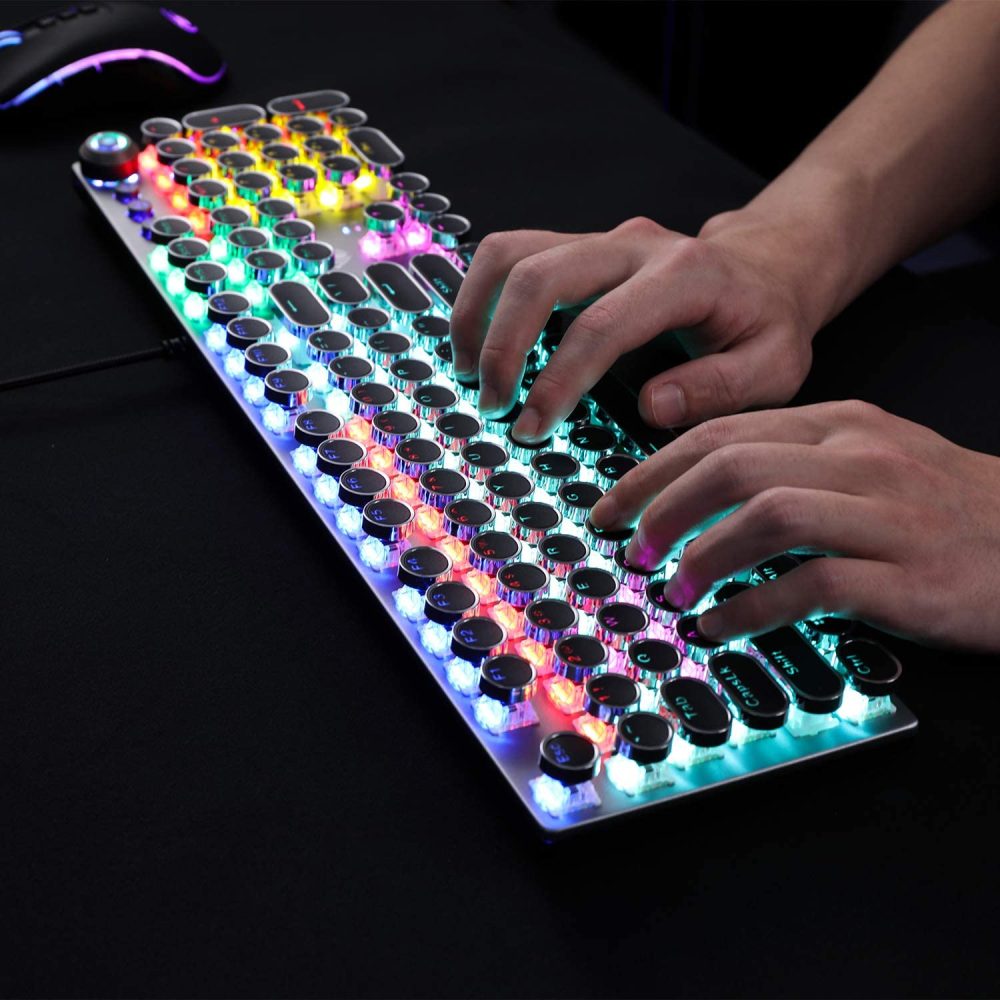 Conclusion: Finding the Best Keyboard Size for You
Conclusion: Finding the Best Keyboard Size for You
Choosing the right mechanical keyboard sizes depend on your needs and preferences. Each size offers unique benefits, so balancing comfort, space, and functionality is key.
Balancing Comfort, Space, and Functionality
- Comfort: Use a keyboard size that suits your typing style and reduces strain. Ergonomic layouts, like split keyboards, help improve posture during extended use.
- Space: Assess your desk space and decide if portability is necessary. Compact keyboards, such as 60% or 40%, save room and allow easier transport. Full-size keyboards, however, provide all available keys for users who don’t mind sacrificing space.
- Functionality: Determine the layouts and key features you need for tasks. For example, full-size keyboards are perfect for editing or data entry, while TKL and compact options are sufficient for gaming and general use.
Recommendations Based on Common Scenarios
- Gaming:
- For better desk space and mouse movement, go for TKL or 60% keyboards.
- Professionals:
- Office workers and data analysts benefit the most from full-size keyboards.
- Frequent Travelers:
- Opt for 40% or 60% keyboards for portability and lightweight convenience.
- Minimalist Fans:
- Use compact keyboards, like 75% or 65%, for a clean and functional desk layout.
- Specialized Creatives:
- Consider macro pads or highly customizable compact keyboards for easy editing workflows.
Find a keyboard that fits your setup and preferred way of working. Taking time to evaluate your habits and environment ensures an informed decision, leading to a better typing experience.